
Showing 27 of 27 items
50 Items
Sort by:
Featured
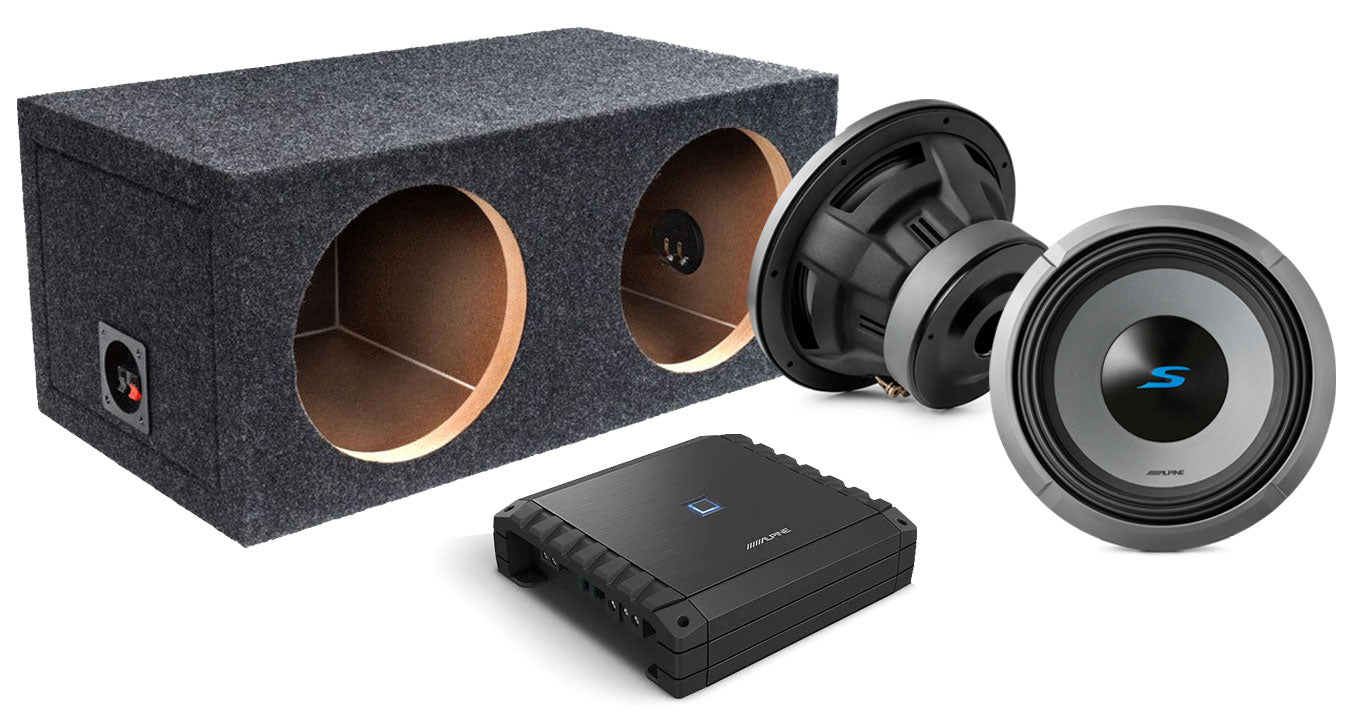
Alpine Dual 12" Subwoofer Bass Package - PPALP11
Package Includes:
- Two - Alpine S2-W12D4 12” Subwoofers
- One - Alpine S2-A60M Mono Subwoofer Amplifier
- One - 12" Dual Sealed Subwoofer Enclosure
Save 24%
Hide Details
Show Details
Hide Details
Show Details
Alpine Dual 12" Subwoofer Bass Package - PPALP11 Package Includes: Two - Alpine S2-W12D4 12”...
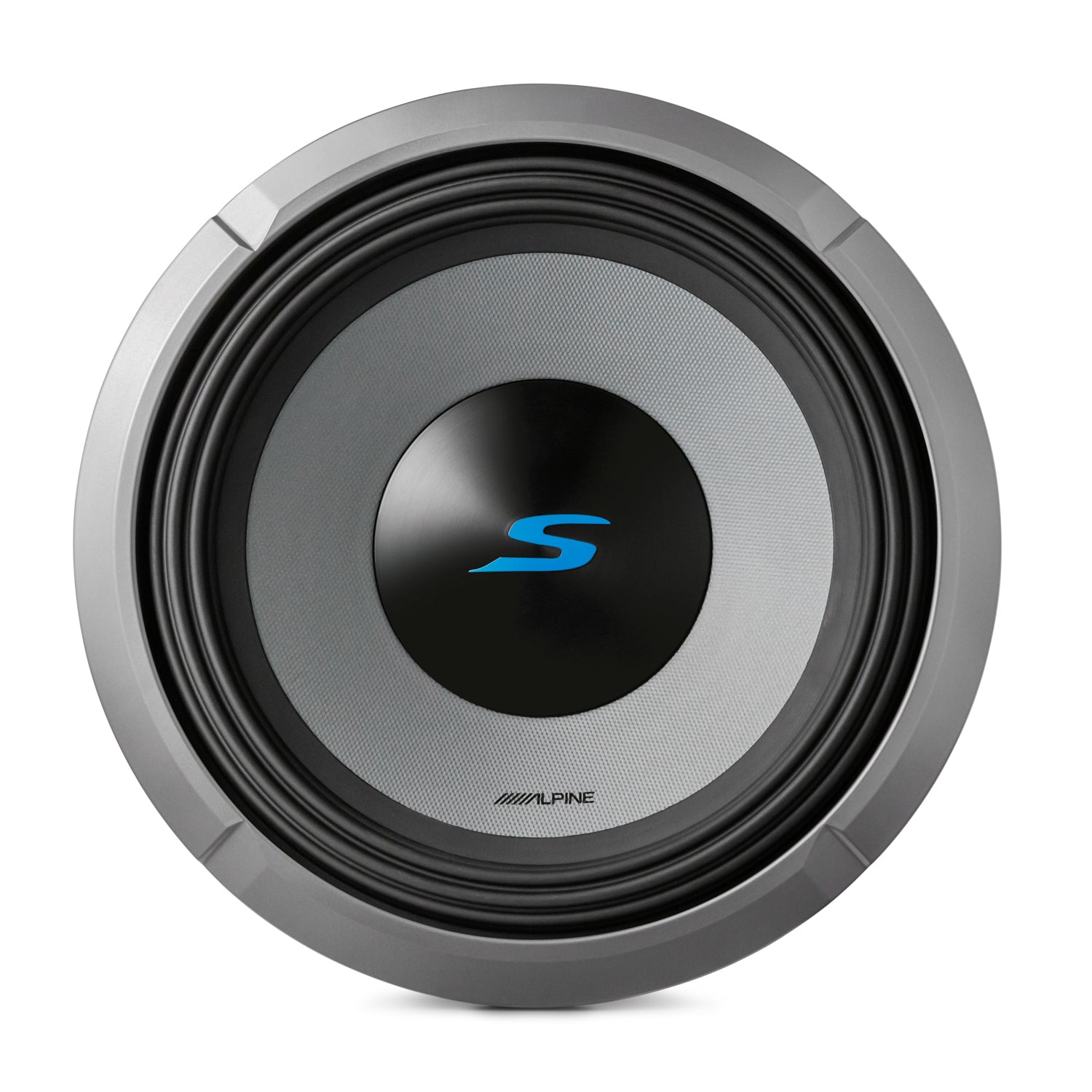
Alpine S2-W12D4 Next-Gen S-Series 12” Subwoofer with Dual 4-Ohm Voice Coils
- Power Handling: 600W RMS / 1800W Peak
- Carbon Fiber/Poly Propylene Cone
- Enhanced "Punch" and Accurate Bass
Hide Details
Show Details
Hide Details
Show Details
Alpine S2-W12D4 Next-Gen S-Series 12” Subwoofer with Dual 4-Ohm Voice Coils Add extra punch to...

Alpine Dual 12" Subwoofer Bass Package - PPALP4
Package Includes:
- Two - Alpine W12S4 12" Subs
- One - Alpine S2-A60M Sub Amplifier
- One - 12" Sub Enclosure
Save 22%
Hide Details
Show Details
Hide Details
Show Details
Alpine Dual 12" Subwoofer Bass Package - PPALP4 Package Includes: Two - Alpine W12S4 12"...
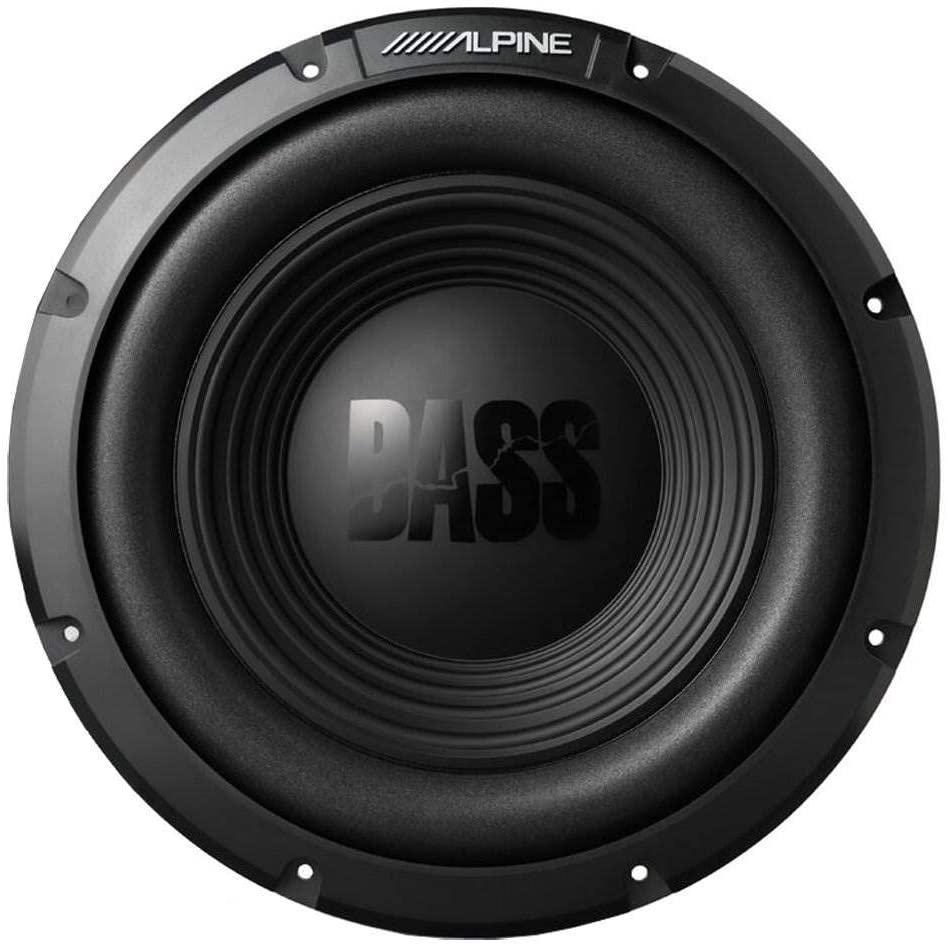
Alpine W10S4 10" Subwoofer - 4 Ohm
- Affordable Bass For All
- 250 W RMS Power Handling
Hide Details
Show Details
Hide Details
Show Details
Alpine W10S4 10" Subwoofer - 4 Ohm Bass you can feel!Alpine understands the importance of...
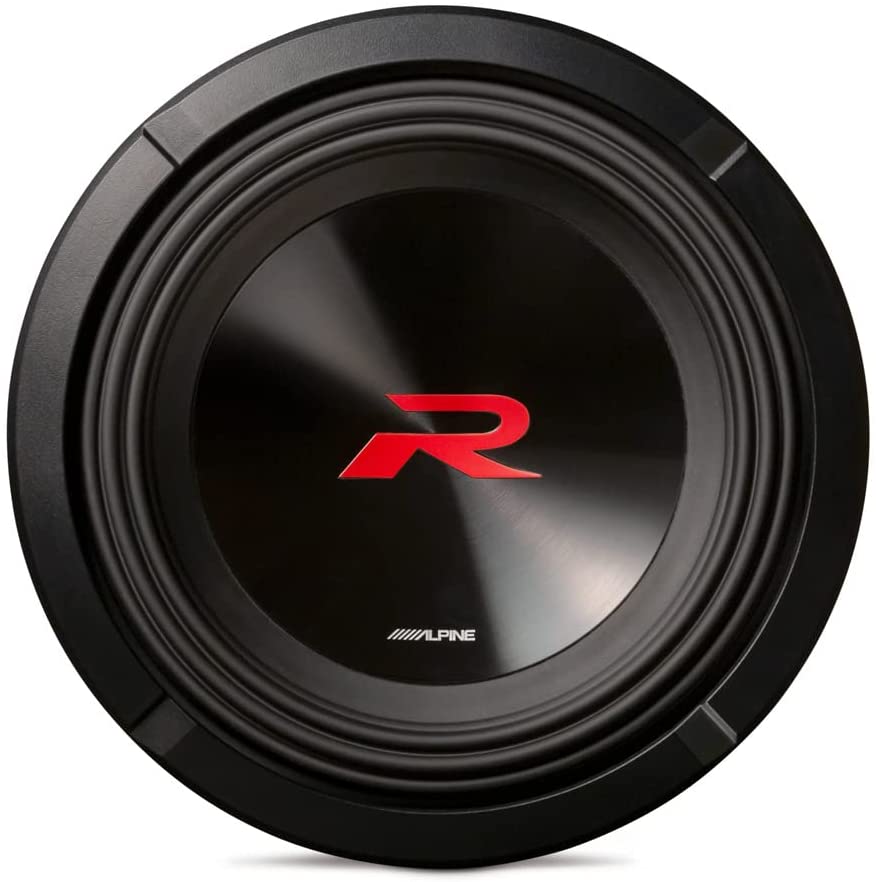
Alpine R-Series R2-W10D4 10" DVC Car Audio Subwoofer, 4 Ohm, 750 Watts RMS Sub
- 300 - 750 Watts RMS
- High-Amplitude Multi-Roll (H.A.M.R.) Surround
- Dual 4-Ohm Voice Coils
Hide Details
Show Details
Hide Details
Show Details
Apline R2-W10D4 10" Next-Gen R-Series Subwoofer with Dual 4-Ohm Voice Coils The next generation of...
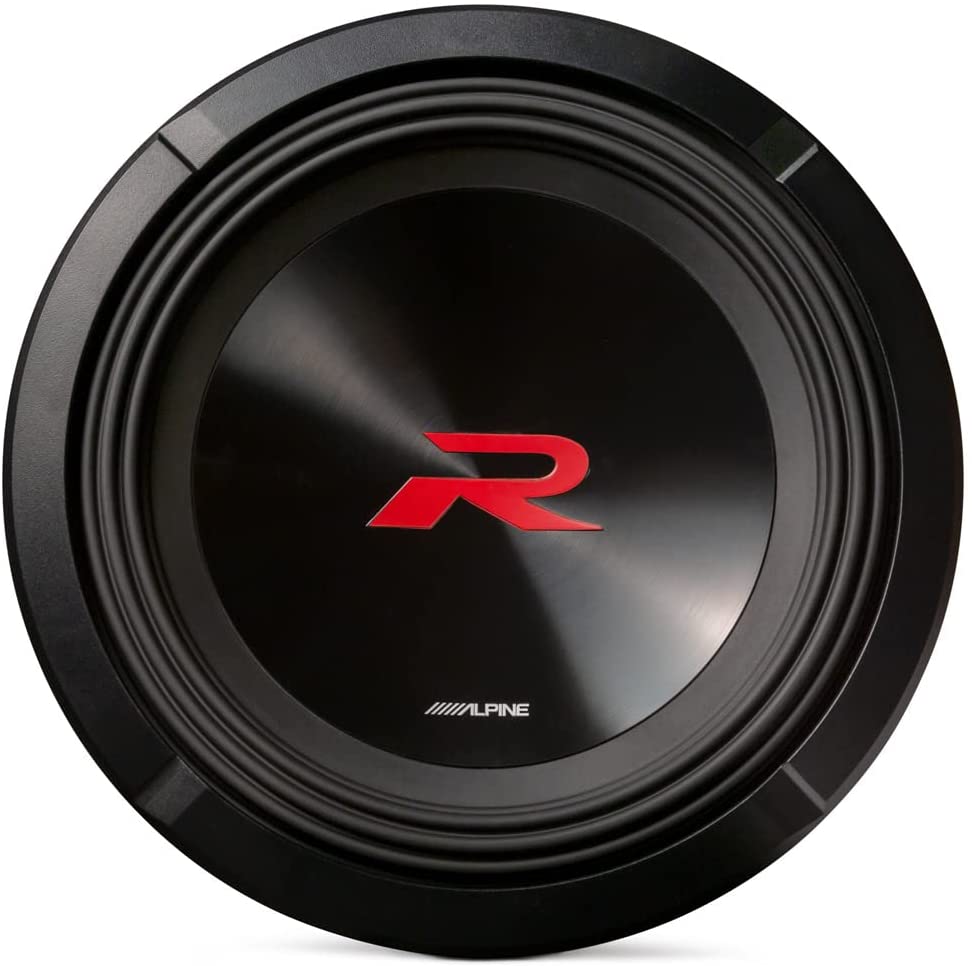
Alpine R-Series R2-W12D4 12" DVC Car Audio Subwoofer, 4 Ohm, 750 Watts RMS Sub
- 300 - 750 Watts RMS
- High-Amplitude Multi-Roll (H.A.M.R.) Surround
- Dual 2-Ohm Voice Coils
Hide Details
Show Details
Hide Details
Show Details
Apline R2-W12D4 12" Next-Gen R-Series Subwoofer with Dual 4-Ohm Voice Coils The next generation of...
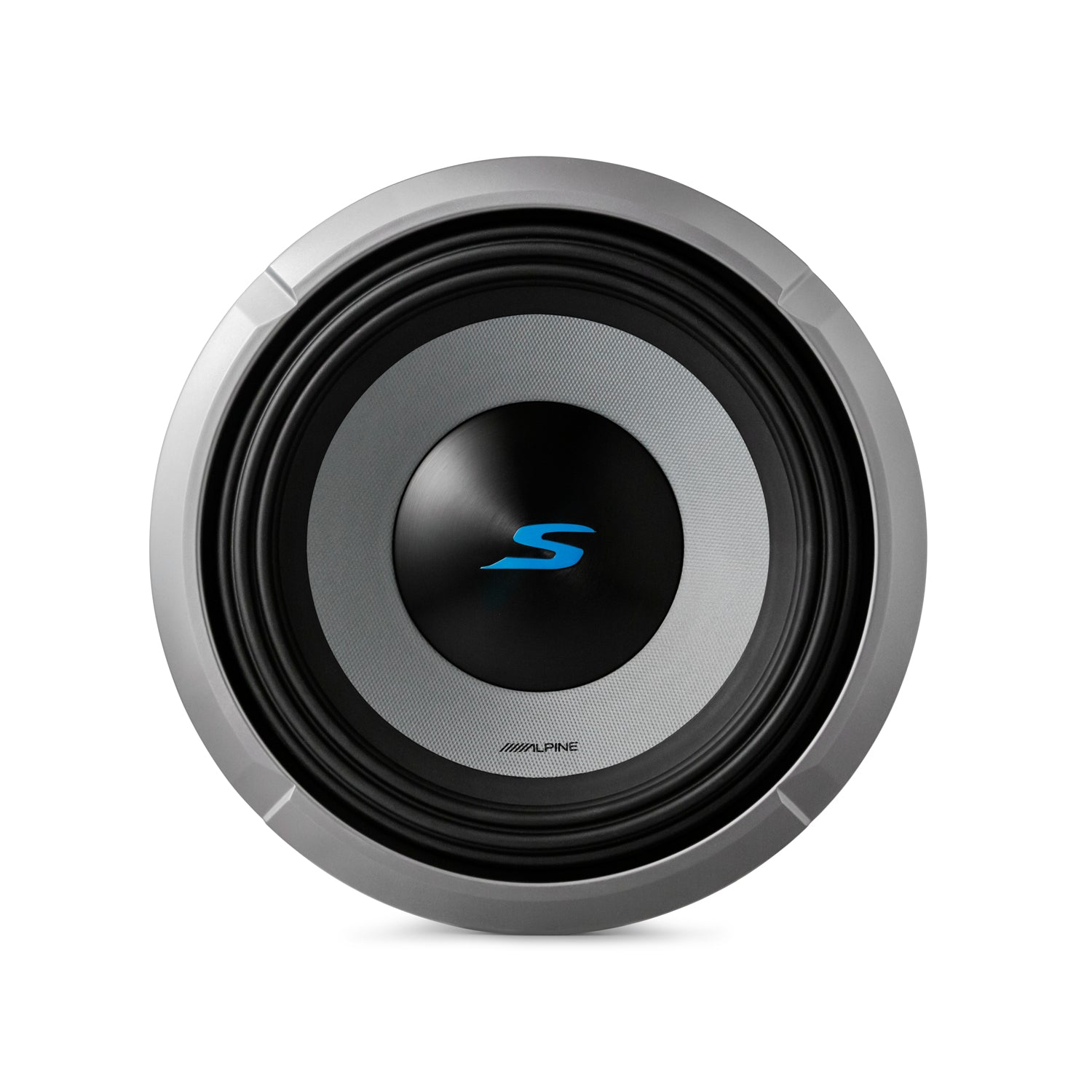
Alpine S2-W10D4 S-Series 10” Dual Voice Coil Subwoofer - 4 Ohm
- Power Handling: 600W RMS / 1800W Peak
- Carbon Fiber/Poly Propylene Cone
- Enhanced "Punch" and Accurate Bass
Save 20%
Hide Details
Show Details
Hide Details
Show Details
Alpine S2-W10D4 Next-Gen S-Series 10” Dual Voice Coil Subwoofer - 4 Ohm Add extra punch...
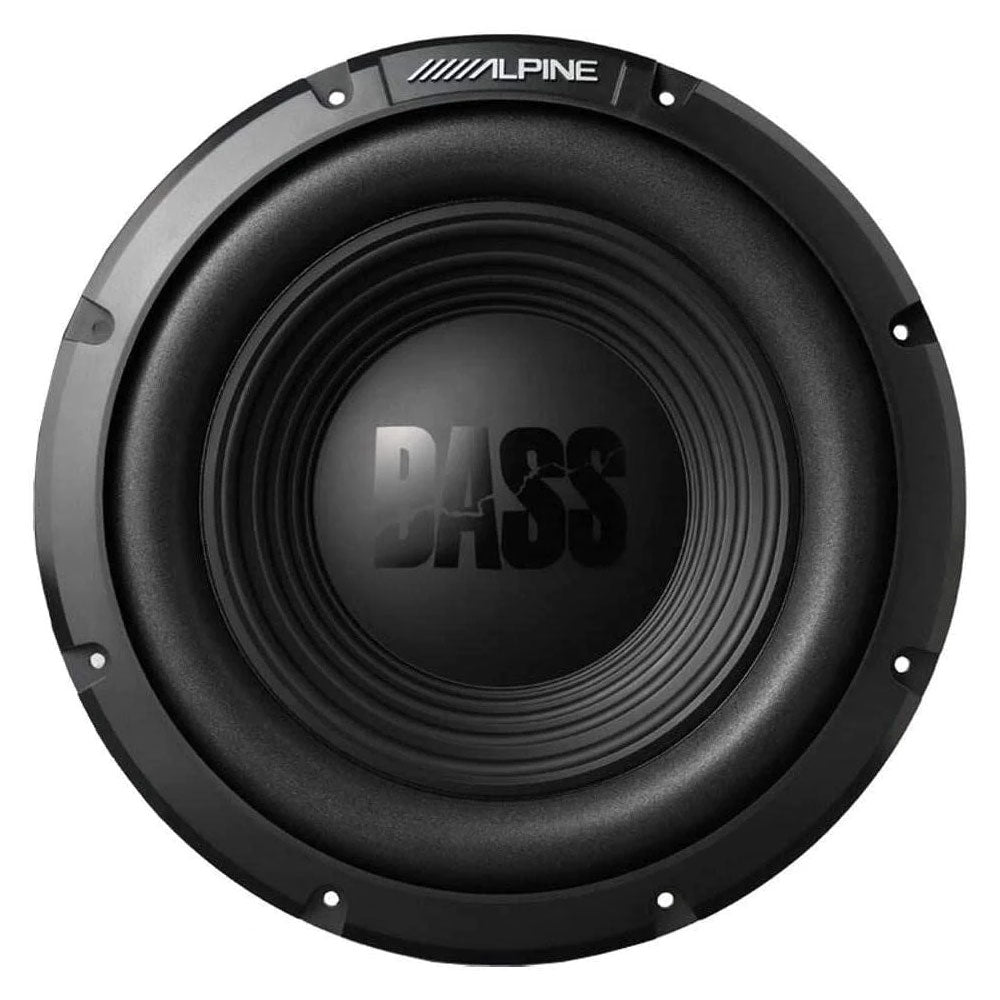
Alpine W12S4 12" Subwoofer - 4 Ohm
- Max RMS Power Capacity: 250W
- Peak Power Capacity: 750W
Hide Details
Show Details
Hide Details
Show Details
Alpine W12S4 12" Subwoofer - 4 Ohm Bass you can feel!!Alpine understands the importance of...
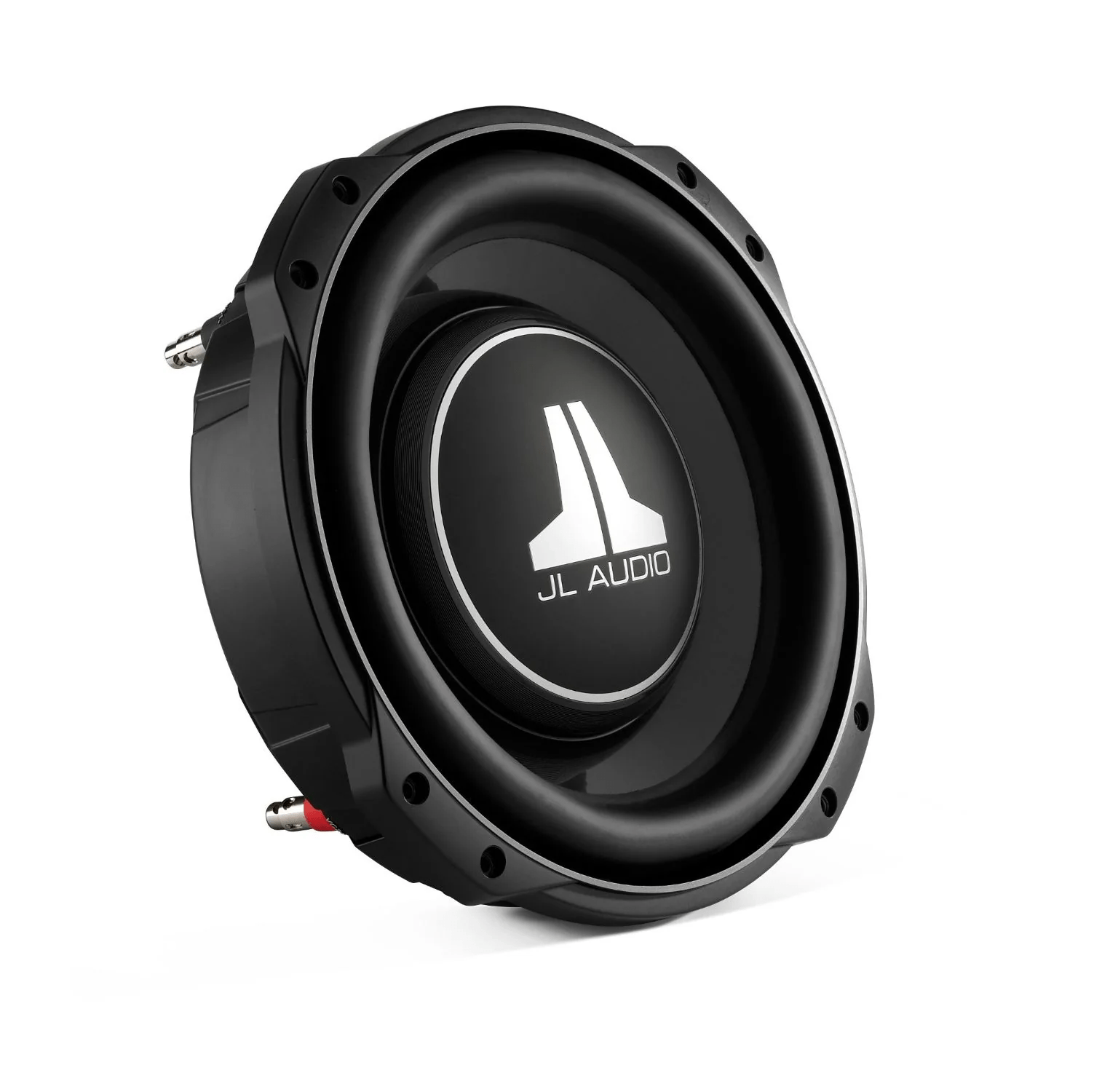
JL Audio 10TW3-D8 Thin-Line 10" Dual Voice Coil Subwoofer - 8 Ohm
- 400 Watts RMS
- Very Shallow Mounting Depth
- Very Small Sealed Enclosure Volume Required
Hide Details
Show Details
Hide Details
Show Details
JL Audio 10TW3-D8 Thin-Line10" Dual Voice Coil Subwoofer - 8 Ohm Building on the core...
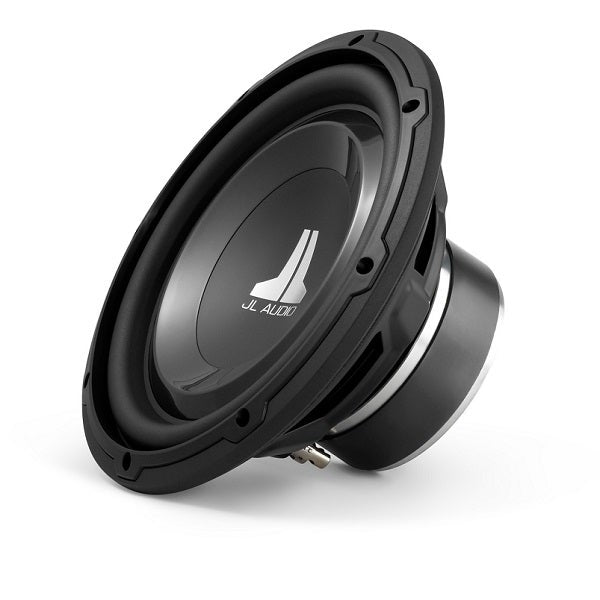
JL Audio 10W1v3-4 10" Subwoofer - 4 Ohm
- 300 Watts RMS
- 4 Ohm Voice Coil
- Moderate Mounting Depth DMA Optimized Motors
Hide Details
Show Details
Hide Details
Show Details
JL Audio 10W1v3-4 10" Subwoofer - 4 Ohm The 10W1v3 is an outstanding choice when...
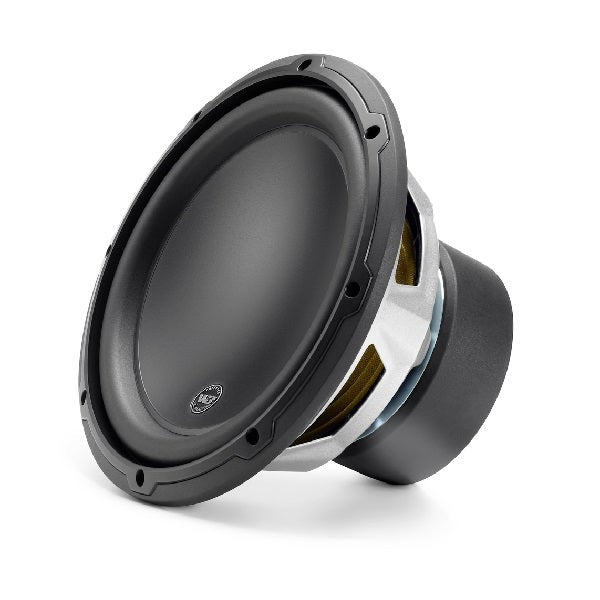
JL Audio 10W3v3-2 10 Inch Subwoofer Driver 2 ohm
- 10" Subwoofer
- 500 Watt Power Handling
- 2 Ohm Voice Coil
Hide Details
Show Details
Hide Details
Show Details
JL Audio 10W3v3-2 10" Subwoofer Driver 2 ohm sku 92150 OverviewThis acclaimed subwoofer driver strikes...
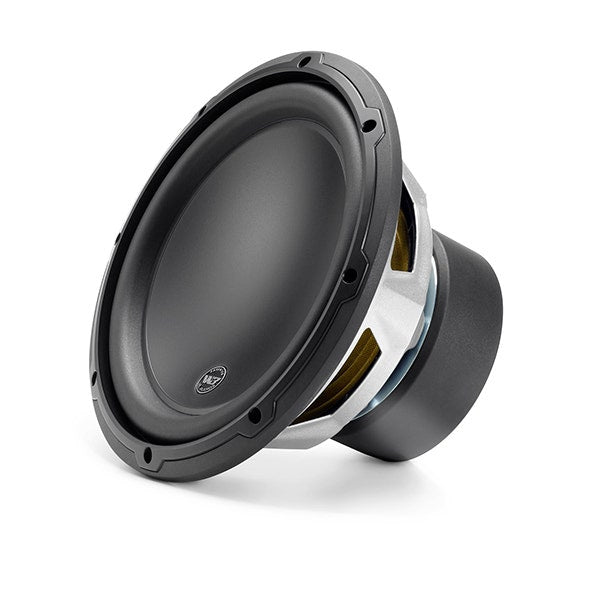
JL Audio 10W3v3-4 10" Subwoofer - 4 Ohm
- 10" Subwoofer Driver 4 ohm
- 500 Watt Power Handling
Hide Details
Show Details
Hide Details
Show Details
JL Audio 10W3v3-4 10" Subwoofer - 4 Ohm This acclaimed subwoofer driver strikes an outstanding...
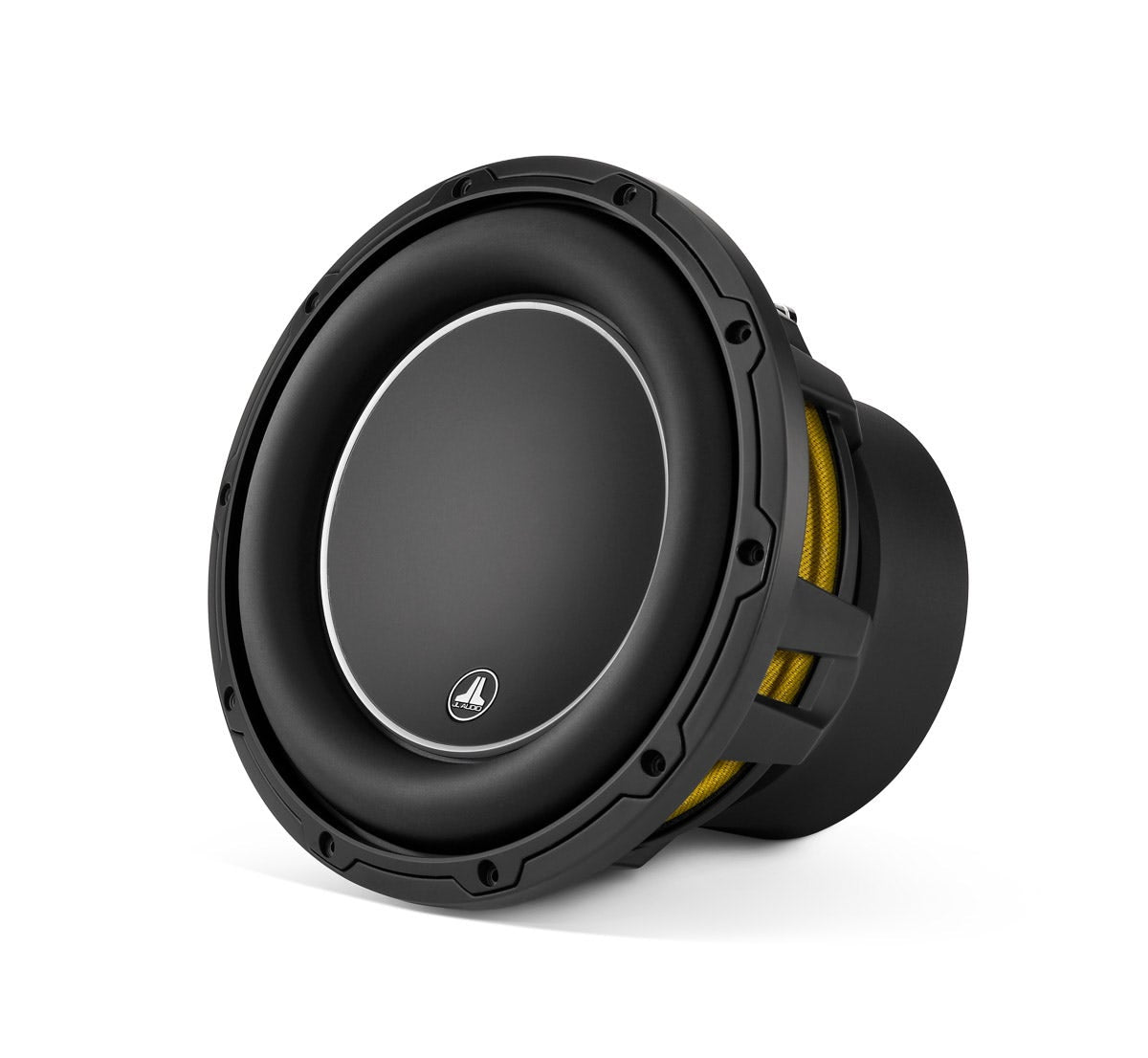
JL Audio 10W6v3-D4 W6v3 10" Dual Voice Coil Subwoofer - 4 Ohm
- 600 Watts RMS
- Dual 4 Ohm Voice Coil
- Small Box Volume Designed For Sealed or Ported Enclosure
Hide Details
Show Details
Hide Details
Show Details
10W6v3-D4 W6v3 10-inch Subwoofer Driver (600 W, dual 4 Ω voice coils) If you are...
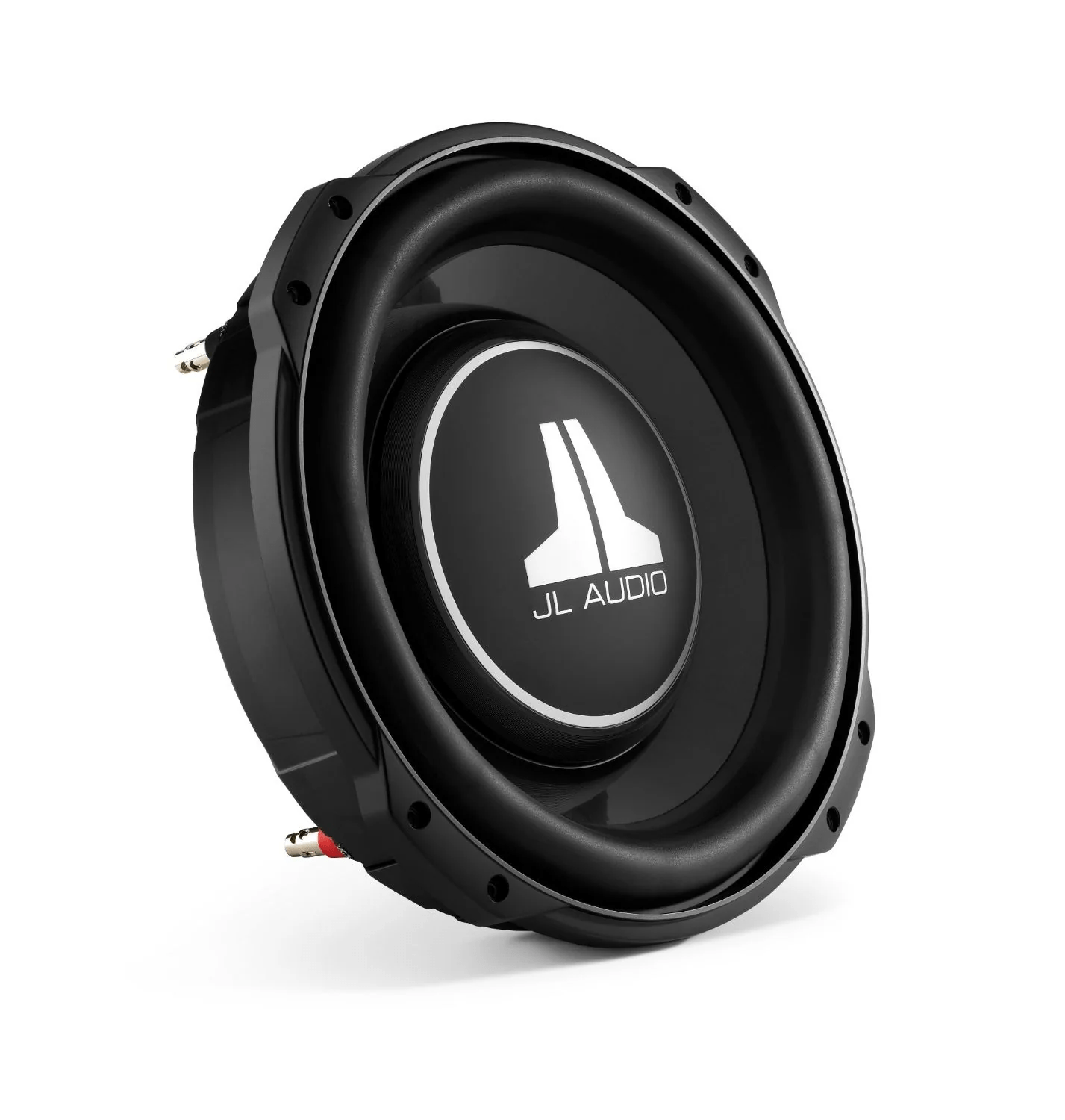
JL Audio 12TW3-D8 12" Thin-Line Dual Voice Coil Subwoofer - 8 Ohm
- 400 Watts RMS
- Very Shallow Mounting Depth
- Very Small Sealed Enclosure Volume Required
Hide Details
Show Details
Hide Details
Show Details
JL Audio 10TW3-D8 10" Thin-Line Dual Voice Coil Subwoofer - 8 Ohm Building on the...
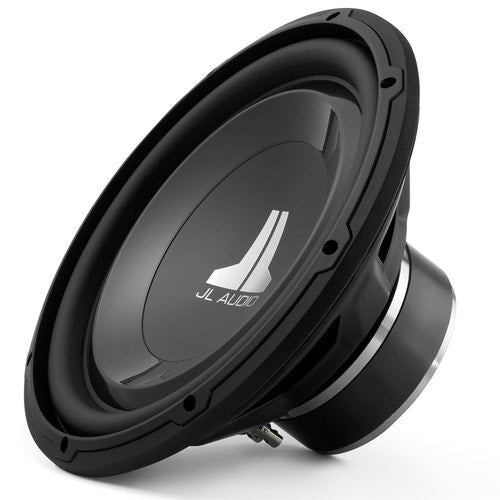
JL Audio 12W1v3-4 12" Subwoofer - 4 ohm
- 300 Watts RMS
- 4 Ohm Voice Coil
- DMA Optimized Motors
Hide Details
Show Details
Hide Details
Show Details
JL Audio 12W1v3-4 12" Subwoofer - 4 ohm The 12W1v3 is a lightweight 12-inch driver...
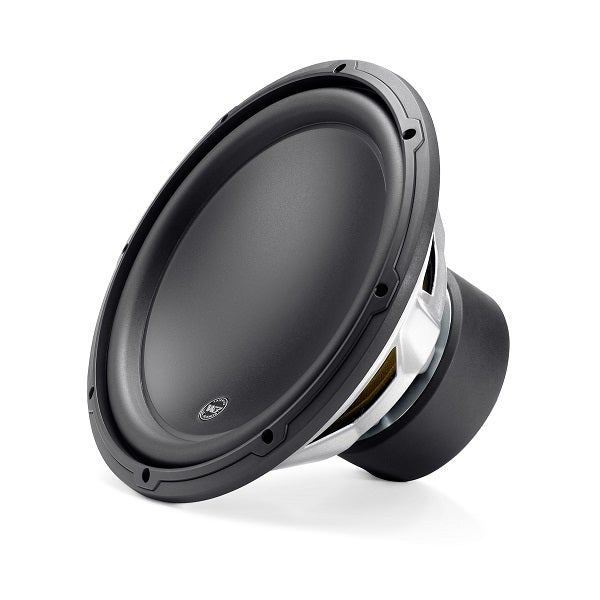
JL Audio 12W3v3-2 12 Inch Subwoofer Driver
- 12" Subwoofer
- 2 Ohm Voice Coil
- 500 Watts RMS
Hide Details
Show Details
Hide Details
Show Details
JL Audio 12W3v3-2 12" Subwoofer Driver Sku 92153 OverviewThis powerhouse 12-inch driver delivers potent performance...
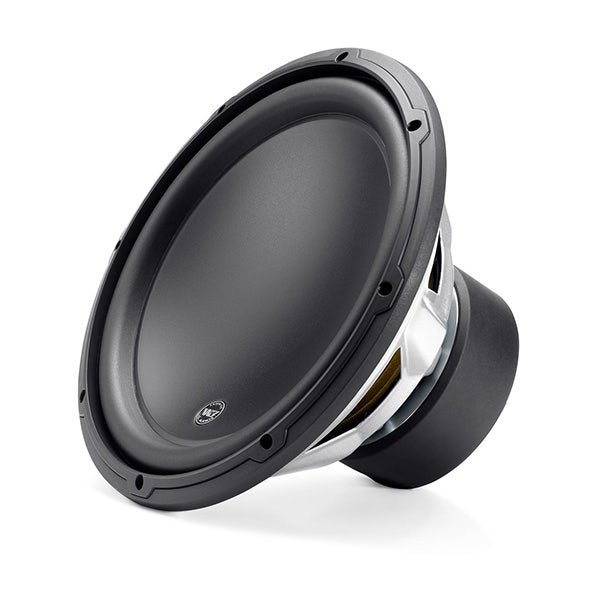
JL Audio 12W3v3-4 12" Subwoofer - 4 Ohm
- 12" Subwoofer Driver 4 ohm
- 500 Watt Power Handling
Hide Details
Show Details
Hide Details
Show Details
JL Audio 12W3v3-4 12" Subwoofer - 4 Ohm Overview This powerhouse 12-inch driver delivers potent...
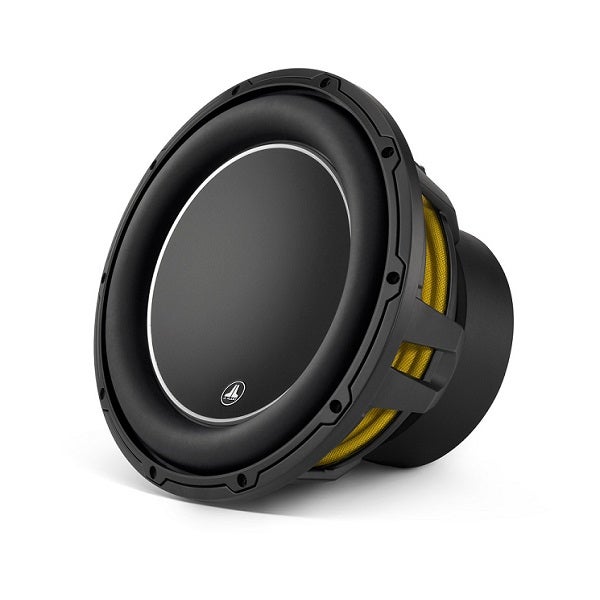
JL Audio 12W6v3-D4 12 Inch Subwoofer Driver
- 600 Watts RMS
- Dual 4 Ohm Voice Coils
- Very Small Box Volume Requirements
Hide Details
Show Details
Hide Details
Show Details
JL Audio 12W6v3-D4 W6v3 12" Subwoofer Driver, Dual 4 ohm If you are seeking intensely...
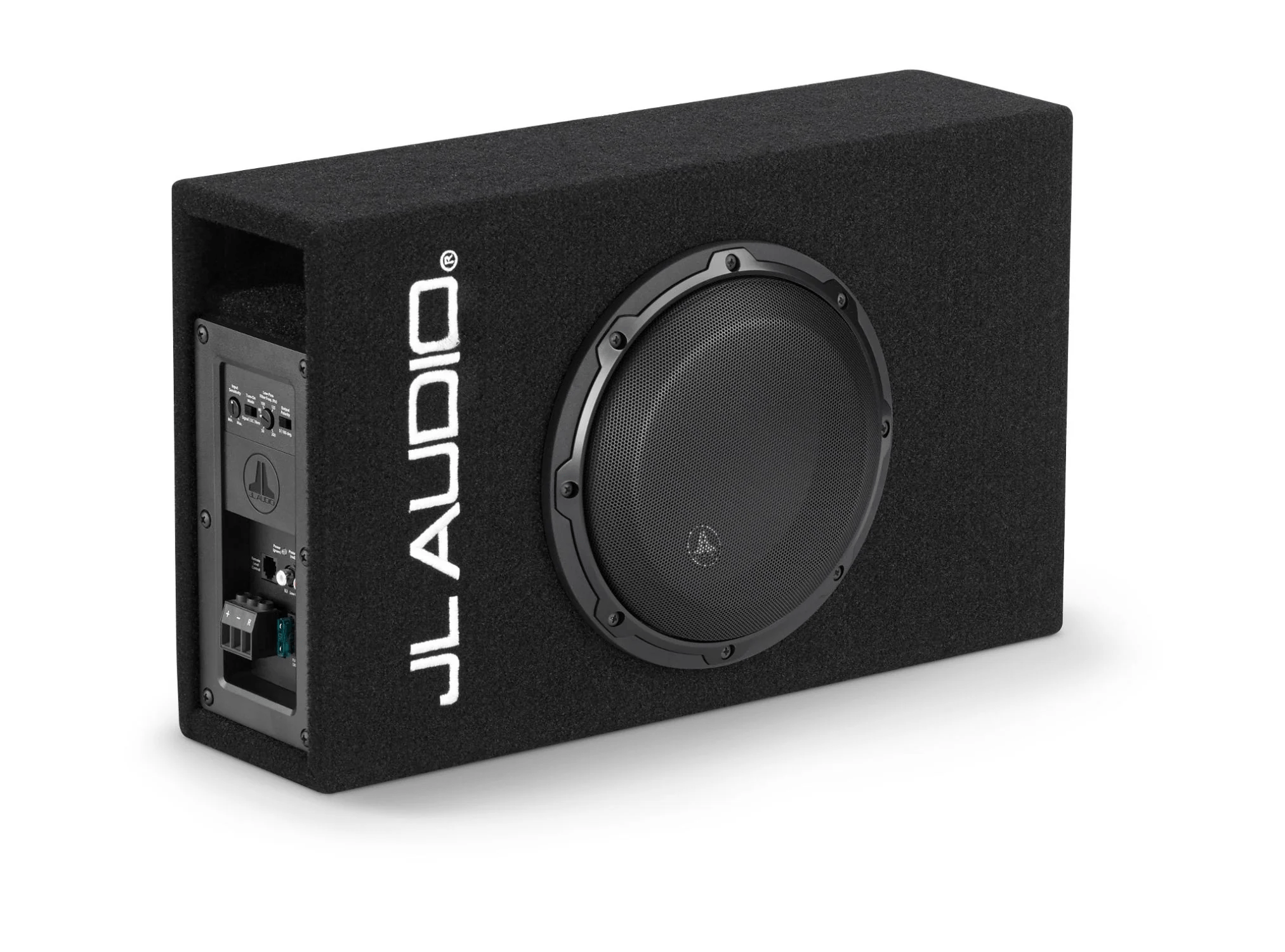
JL Audio ACP108LG-W3v3 Single 8" Amplified Subwoofer System
Hide Details
Show Details
Hide Details
Show Details
JL Audio ACP108LG-W3v3 Single 8" Amplified Subwoofer System Amplified Subwoofer System with Single 8W3v3-0.40 Subwoofer,...
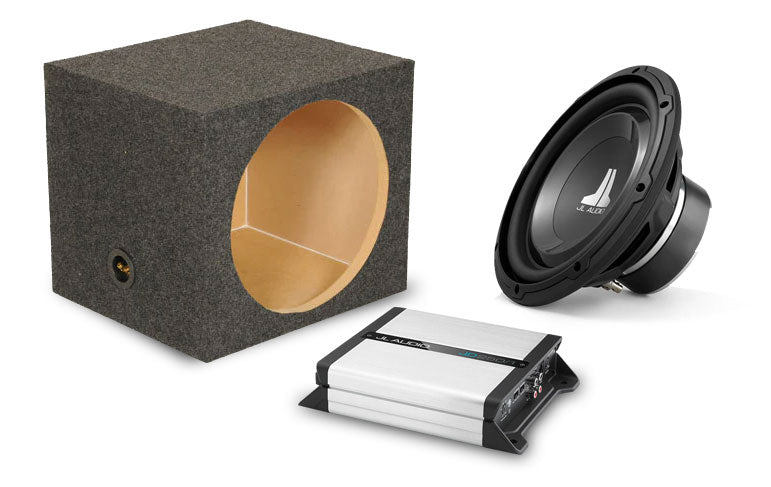
JL Audio Single 12" Subwoofer Bass Package - PPJLA14
Package Includes:
- One - JL Audio 12W1v3-4 12" Subwoofer
- One - JL Audio JD250/1 Mono Amplifier
- One - Single 12" Sealed Sub Enclosure
Hide Details
Show Details
Hide Details
Show Details
JL Audio Single 12" Subwoofer Bass Package - PPJLA14 Package Includes: One - JL Audio...
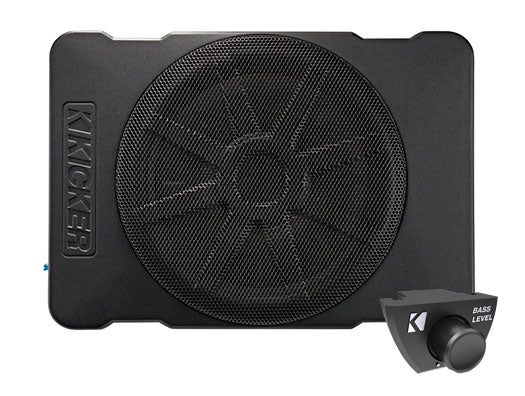
Kicker HS10 Hideaway 10" Powered Subwoofer
- 180 Watts RMS
- Frequency Response (Hz): 25-120
- Bass Remote Included
Save 8%
Hide Details
Show Details
Hide Details
Show Details
Kicker HS10 Hideaway 10" Powered Subwoofer The Hideaway HS10 is a compact powered 10-inch subwoofer...

Alpine Single 12" Subwoofer Bass Package - PPALP9
Package Includes:
- One - Alpine S2-W12D4 12” Subwoofer
- One - Alpine S2-A60M Mono Subwoofer Amplifier
- One - 12" Single Sealed Enclosure
Hide Details
Show Details
Hide Details
Show Details
Alpine Single 12" Subwoofer Bass Package - PPALP9 Package Includes: One - Alpine S2-W12D4 12”...

Alpine Single 10" Subwoofer Bass Package - PPALP8
Package Includes:
- One - Alpine S2-W10D4 10” Subwoofer
- One - Alpine S2-A60M Mono Subwoofer Amplifier
- One - 10" Single Sealed Enclosure
Hide Details
Show Details
Hide Details
Show Details
Alpine Single 10" Subwoofer Bass Package - PPALP8 Package Includes: One - Alpine S2-W10D4 10”...

JL Audio Single 10" Subwoofer Bass Package - PPJLA13
Package Includes:
- One - JL Audio 10W1v3-4 10" Subwoofer
- One - JL Audio JD250/1 Mono Amplifier
- One - Single 10" Sealed Sub Enclosure
Hide Details
Show Details
Hide Details
Show Details
JL Audio Single 10" Subwoofer Bass Package - PPJLA13 Package Includes: One - JL Audio...

JL Audio 12W7AE-3 12 Inch Anniversary Edition Subwoofer
- Satin Black Powdercoated Basket
- Anniversary Edition Cone Badge and Terminal Label
- 1000 watt, 3 ohm Driver
Hide Details
Show Details
Hide Details
Show Details
JL Audio 12W7AE-3 10th Anniversary Edition - W7 12-inch Subwoofer Driver (1000 W, 3 Ω)...
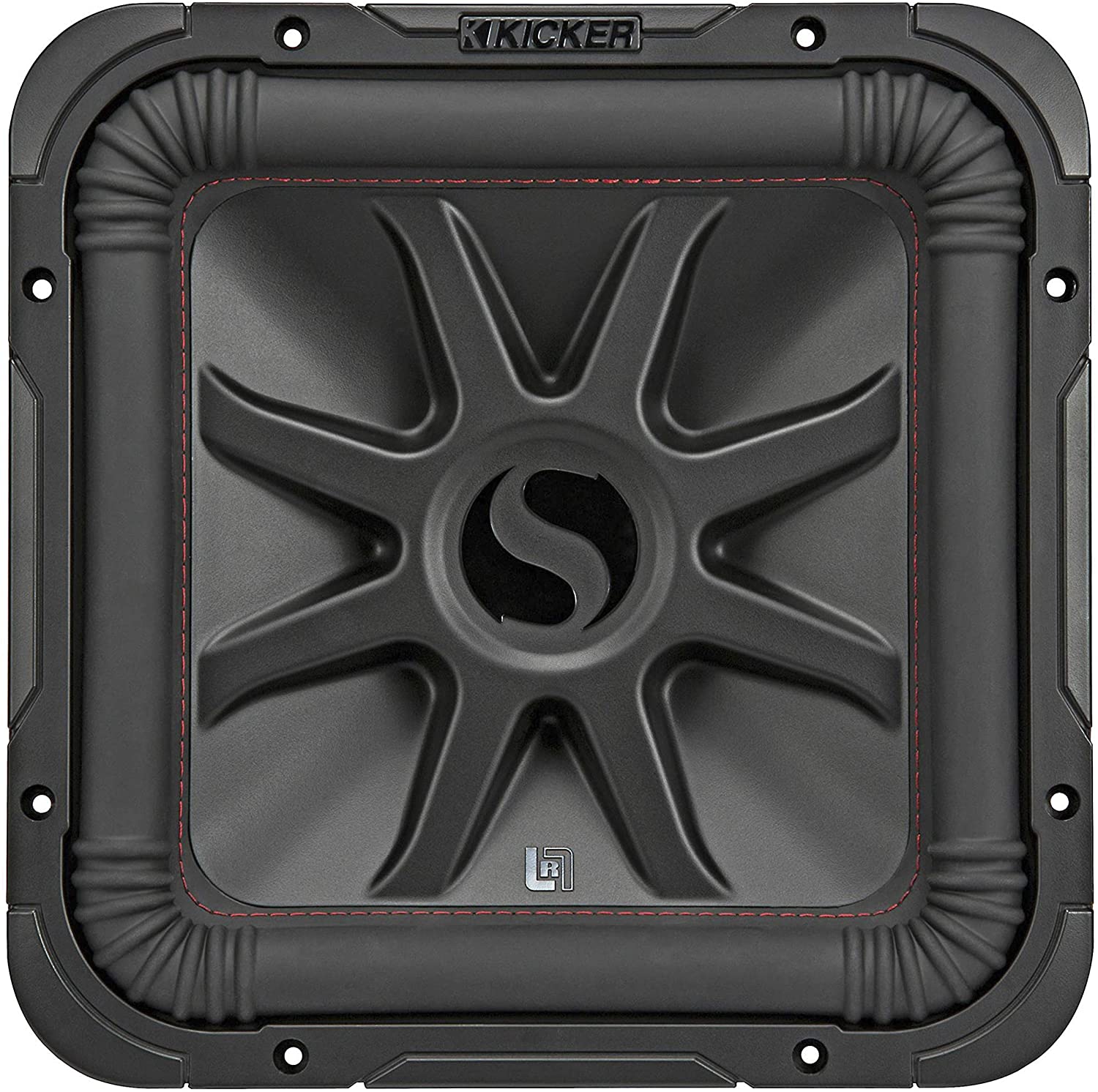
Kicker 45L7R124 12" Solo-Baric L7R Subwoofer - 4 Ohm
- 600 Watts RMS
- 1200 Watts Peak
- Sensitivity: 86.7 dB
Hide Details
Show Details
Hide Details
Show Details
Kicker 45L7R124 12" Solo-Baric L7R Subwoofer - 4 Ohm The engineers at KICKER invented the...

Kicker 46HS10 Hideaway 10" Ultra Compact Car Subwoofer with 180W Amp and Remote
- 180 Watts RMS
- Bass Volume Remote Knob
- 3 1/8" Height
Hide Details
Show Details
Hide Details
Show Details
Kicker 46HS10 Hideaway Powered Subwoofer The Hideaway HS10 is a compact powered 10-inch subwoofer that...


